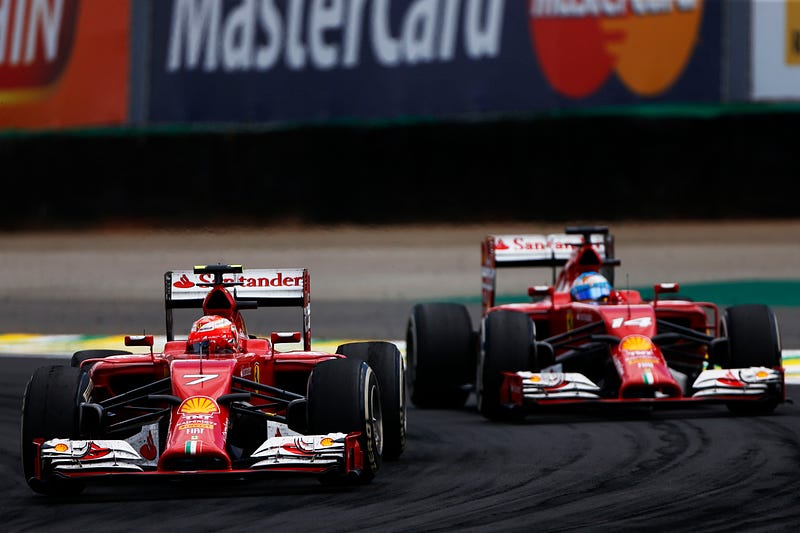Last Updated on July 27, 2023 by Tony Fowler
Continuing with part two of operationalizing customer success. Read part one here: Aligning Customer Success with Sales
It’s certainly not enough to simply tell sales teams they need to work better with customers success teams. It’s also not enough to just tell customer success teams they need to provide their sales counter parts with more feedback. The disconnect stems from each team’s inability to work toward a common goal when priorities are not set properly. Saying you’re going to set common priorities for both teams is easier said than done.

Priority #1: Keep existing customers close.
Customer success is built on maximizing those magical and personal moments. Much like hearing the perfect song at the perfect time, customers need to feel a connection first before they can envision and trust the success roadmap your customer success team has presented them. The same goes for sales. When too much attention is diverted to simply getting more customers, existing customers in the pipeline will find it increasingly hard to appreciate the value you’re selling them through an up-sell. Both customer success and sales need to work together and generate a carefully curated and controlled environment for existing clients. They need to prioritize the nurturing and growth of currently recurring revenue base through timely communications, cadenced check-ins, coordinated up-sells. For example, have the customer success member join in on sales calls to give customers a peace of mind that everyone is in sync. Pre-sales calls are advantageous for both sales and customer success as well. When customers know who they’ll be working with on a daily basis, trust is immediately established. Existing customers are the foundation and the survival of your business. Losing them means losing your business.
Priority #2: Focus on one metric across the board.
Beyond always thinking about existing customers first, the two teams need to be 100% aligned on a single metric that defines success. A single metric accomplishes two things. First, it helps both teams understand what’s expected of them and what they need to focus on driving. Second, it makes setting common goals more easily. Clarity is key here. Sales cannot simply focus on filling their pipeline with leads, bolstering their quota alignment, average sales cycle length, and whatever else they believe to be important. Customer success also cannot bury their heads and working away at improving the average 24-hr on-boarding time, or average session lengths with customers, or even just churn. If the two teams were able to focus on a metric such as month net recurring revenue, the overall picture changes dramatically.
Priority #3: Leadership from above.
Nothing happens without good leadership. But even so, this is priority #3 because customers and achieving goals through self governance even without good leadership should come first. If sales and customer success are to focus on growing recurring revenue then leaders need to stop dancing around vanity metrics and focus on what drives real revenue. By leading and mentoring each team for drive revenue, many other pieces naturally fall in place. Sales team and customer success leaders need to get together and shape the processes which evangelize the common goal. Gather in weekly meetings to discuss existing customer health, triage borderline accounts, decide on how to resolve each feedback, etc. Leaders much realize that both teams are in the business of selling. One sells a product. The other sells ideas. Good leaders lead cultural change and this is by far one of the most important cultural changes you can instill in your team.
Priority #4: Reward common successes.
When all is said and done, we need to be rewarded for a job well done. We’re stepping away from the tradition where customer success rests on how well a hand-off from sales. Once we’ve accomplished priorities 1–4, both teams should be rewarded for the up-sells they generate and recurring renewals they sign.
This is part two of operationalizing customer success. Read part one here: Aligning Customer Success with Sales
